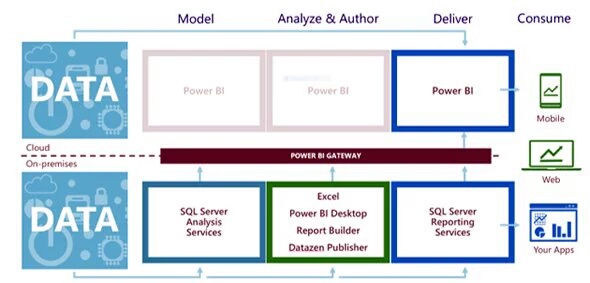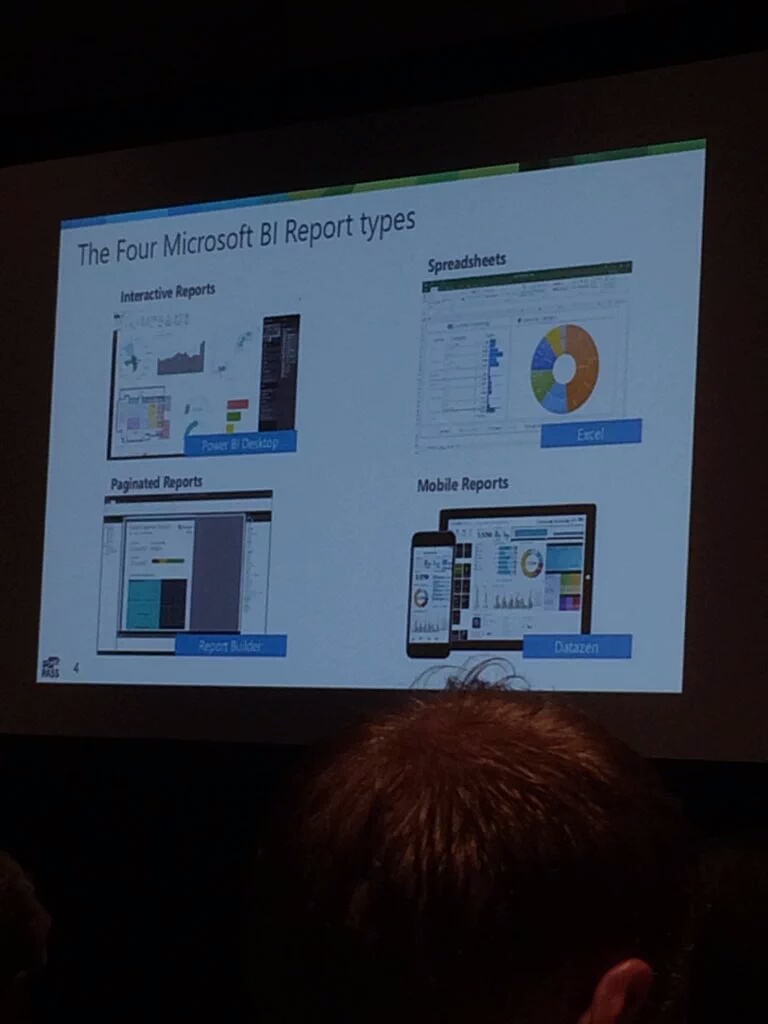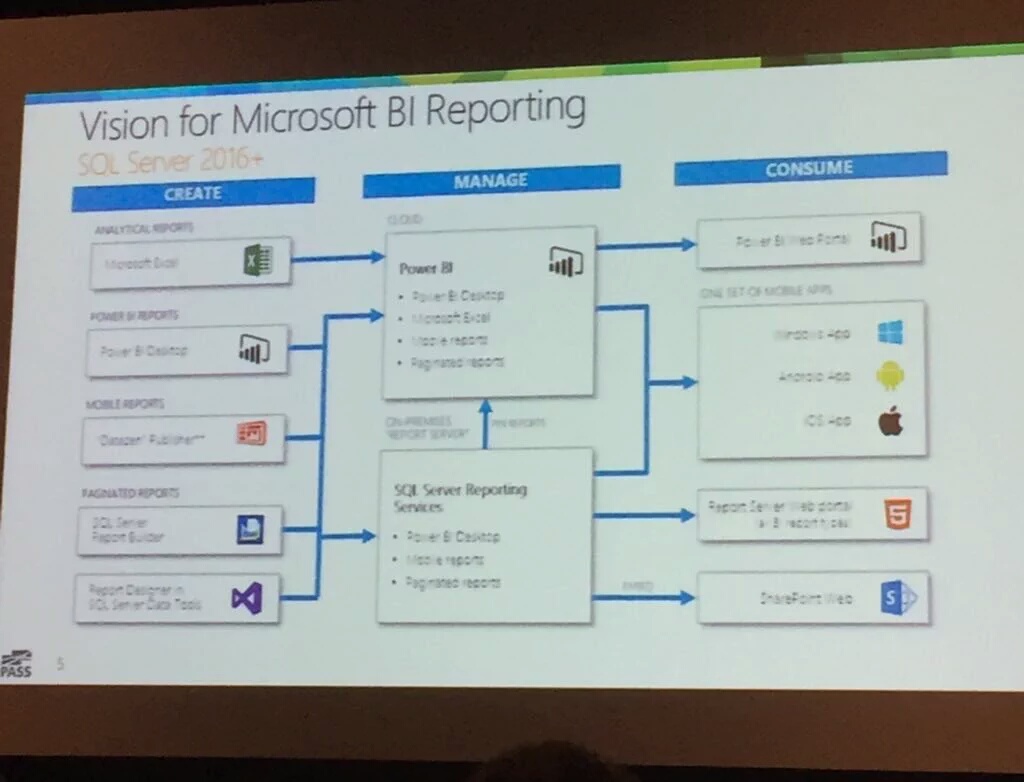What a year!
2016 just flew by and I almost missed it!
Let’s recap what I think are some highlights of the year:
Community
- SQL Server 2016
We got a ton of Community Tech Preview (CTP) versions and then launch of the latest SQL Server version - Power BI became even more incredible than before
And everyone is loving it! - Azure Data Factory became a lot easier to use
But it seems to be getting no love yet - Azure Machine Learning got some incredible new features
Opening a lot of possibilities which I’m not seeing covered by anyone yet! - I presented my first webinar
And luckily there’s room for improvement 🙂 - The SQL Community Slack channel
Which is a great resource to get in touch with other community members - PASS Summit 2016, Ignite 2016 and ML & DS Summit 2016 all came and went. I still haven’t watched everything I wanted to see from these great events.
Personal
- I made a bazillion draft posts for this blog.
And I’m going to start completing and posting them. - I started writing a book.
And that’s way harder then I previously imagined. - I taught a couple of SQL Server and BI related classes to 2 groups of starters at Ordina, the company I work at.
- Teaching others helps me get new insights as well.
Mainly in how I bring some types of content to particular audiences and how I can help others grow. - I’ve started participating in a couple of user groups
Most notably: satRdays and as readers of my blog already know: Virtual Global Power BI User Group - I participated in the new SQL Server beta exams
They were not at all comparable to the ones for SQL 2012/2014. In my opinion they were much harder but also less related to real world things. I’m sure they will change a lot before going live but a blog post about them will follow soon. - I’ve started the MPP courses from academy.microsoft.com after a couple of tweets with David Eldersveld (blog | twitter).
He’s also made a great post about it, go read it.
What’s next?
This blog and everything else community related are things that always keep going forward.
With so much new things appearing, my first instinct is to play around with those things before posting anything about it.
However, I’ve learnt that sharing while you learn is something most people seem to appreciate. People tend to love following the growing process. I can only guess that it helps them measure their own progress.
I’m also sure that a lot more cool stuff will be happening in the community in the coming months and years.
Until then, let’s try together to keep up with all things data related.
So if you have questions or want me to blog about something in particular, please contact me via the comments or on twitter!
This is my second post to catch up on a year of saving drafts, watch out for more.
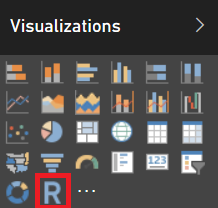
![SQL-Server-Reporting-Services-web-portal[1]](http://blog.janmulkens.be/wp-content/uploads/2015/12/SQL-Server-Reporting-Services-web-portal1.jpg)
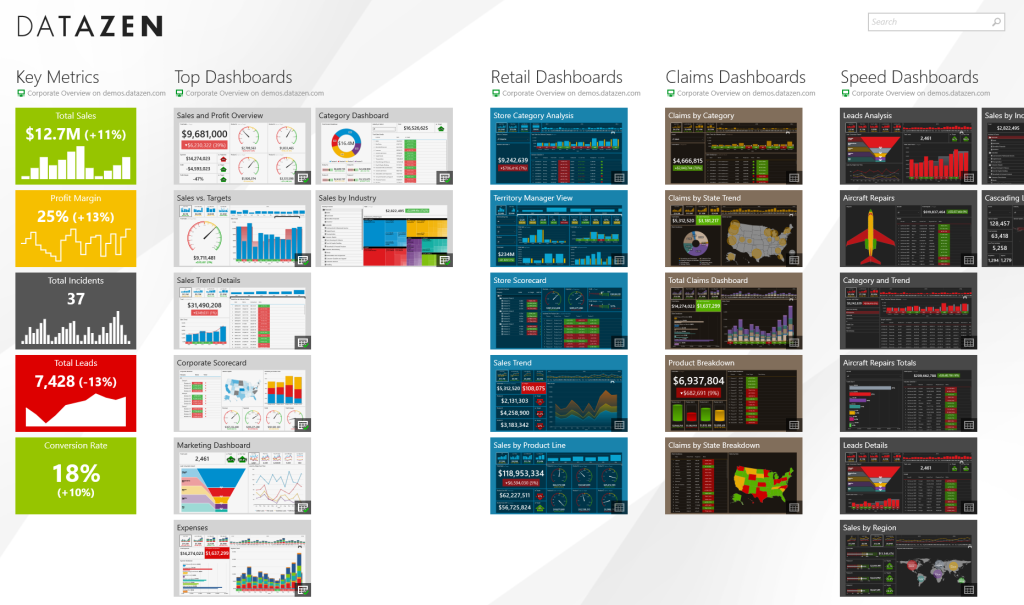
![IC840421[1]](http://blog.janmulkens.be/wp-content/uploads/2015/12/IC8404211.png)

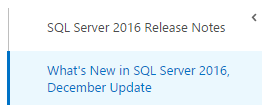
![TFS2012[1]](http://blog.janmulkens.be/wp-content/uploads/2015/11/TFS20121-300x141.png)
